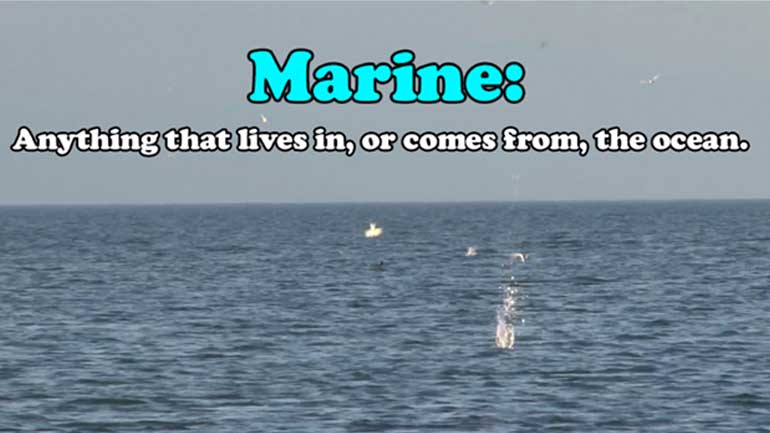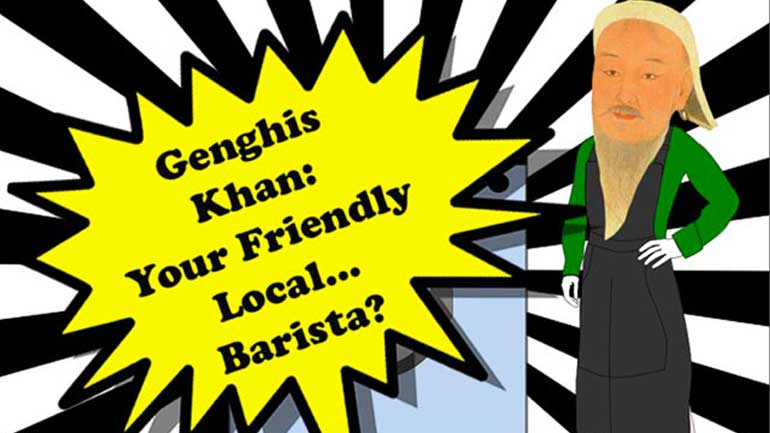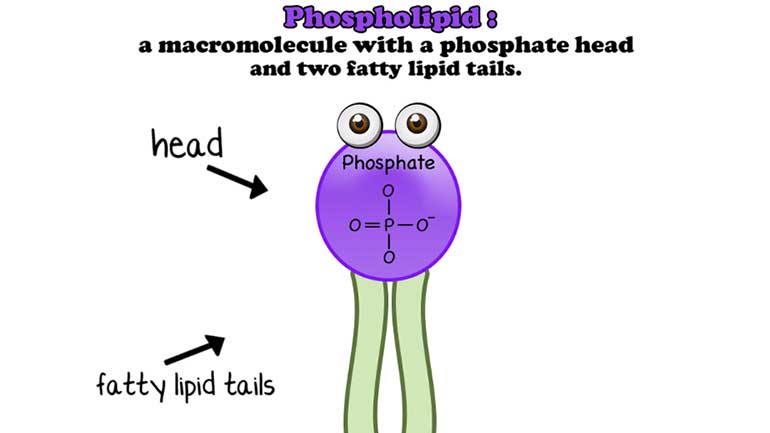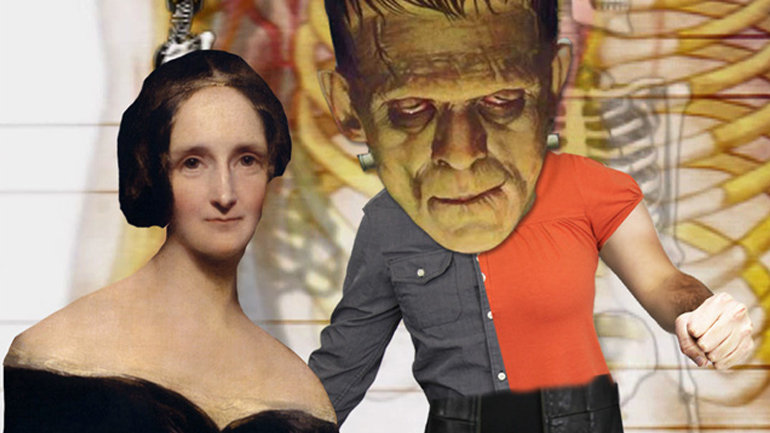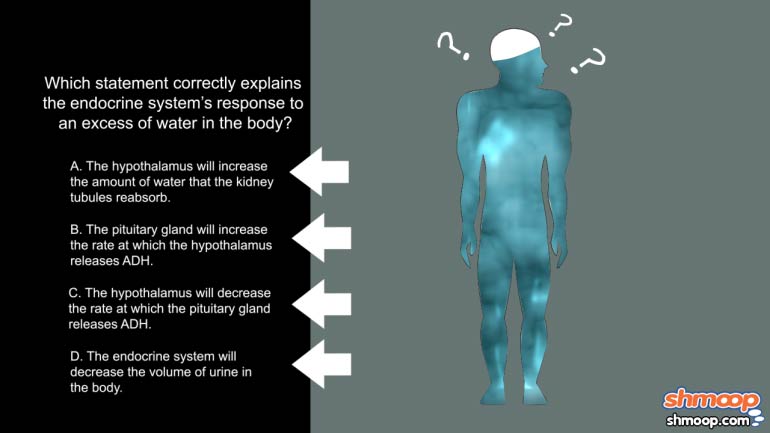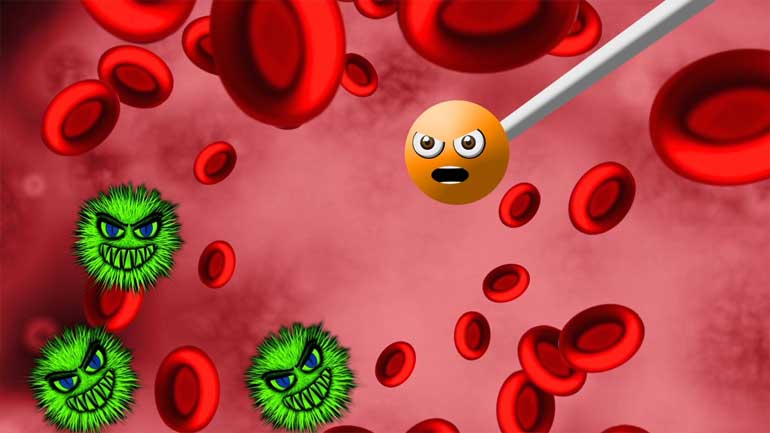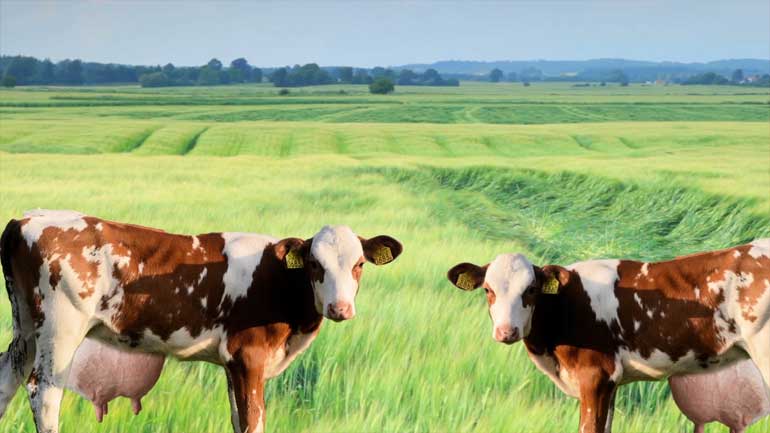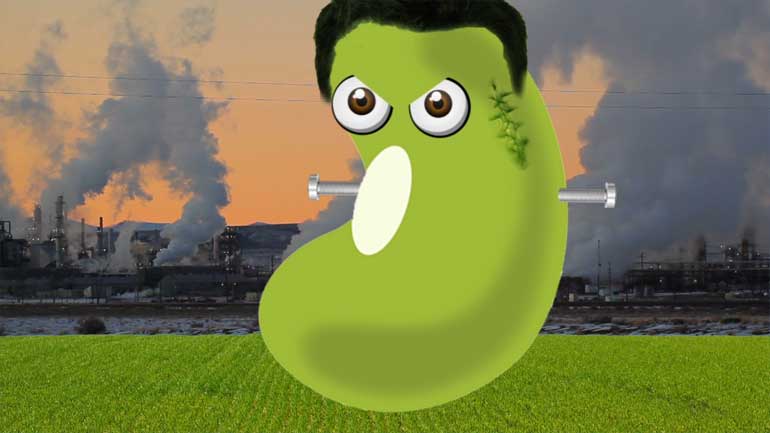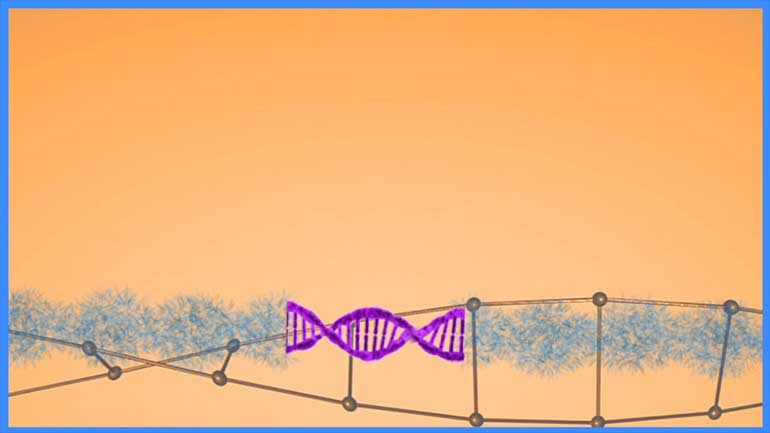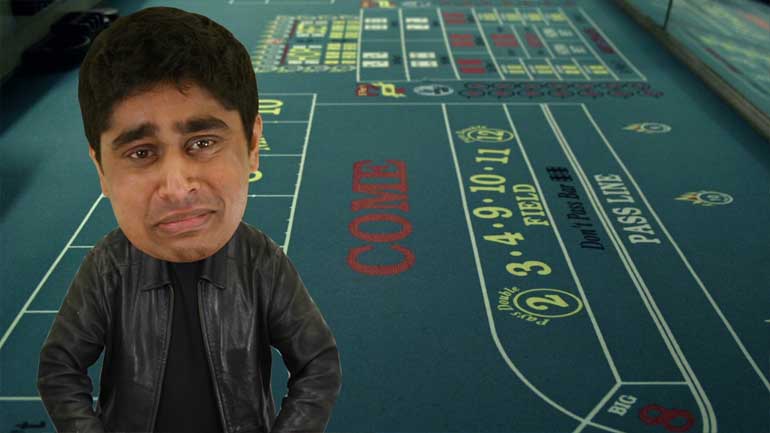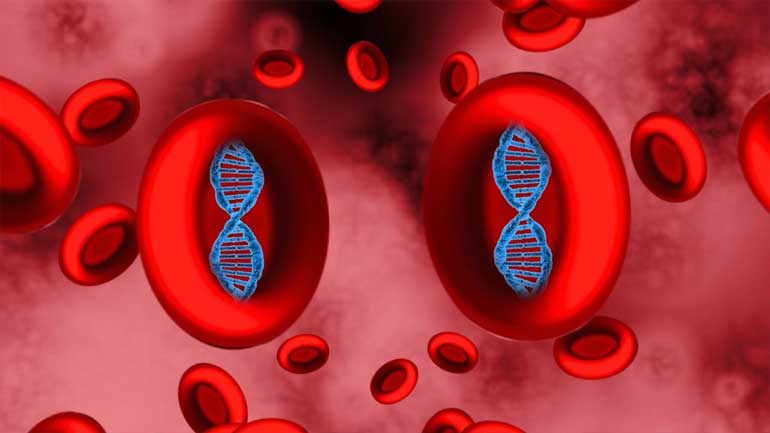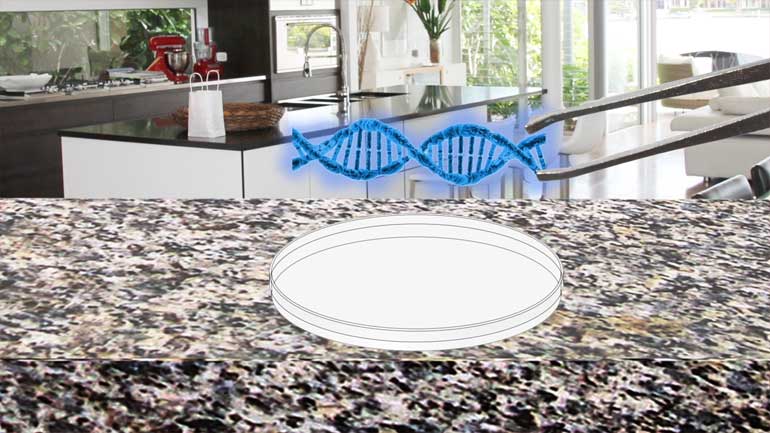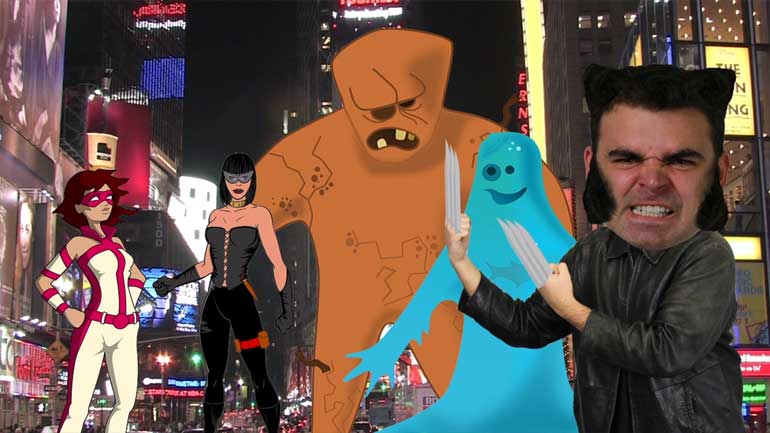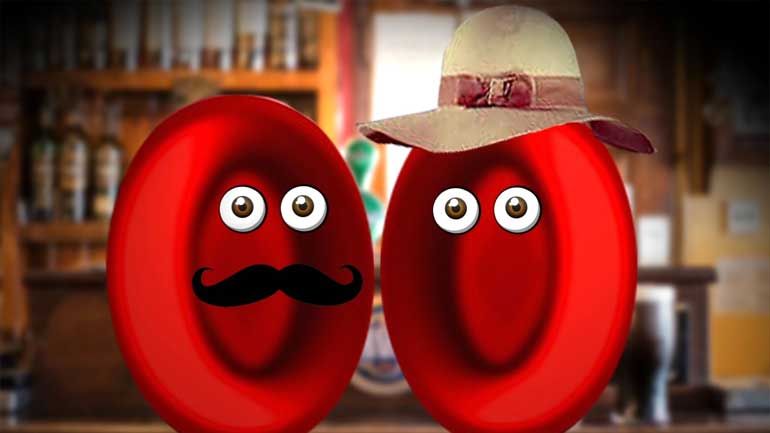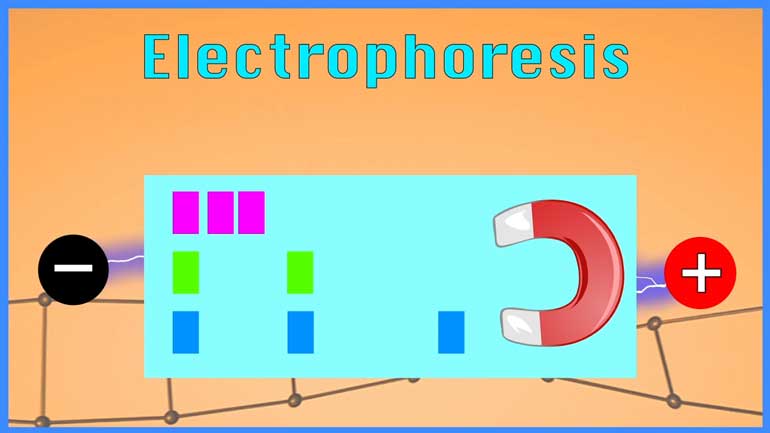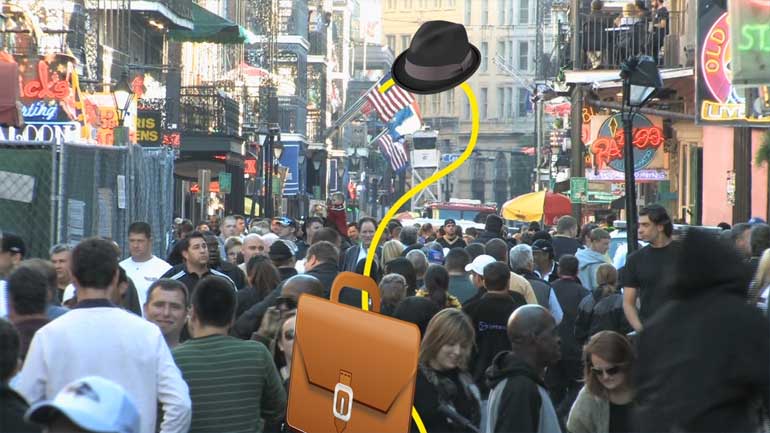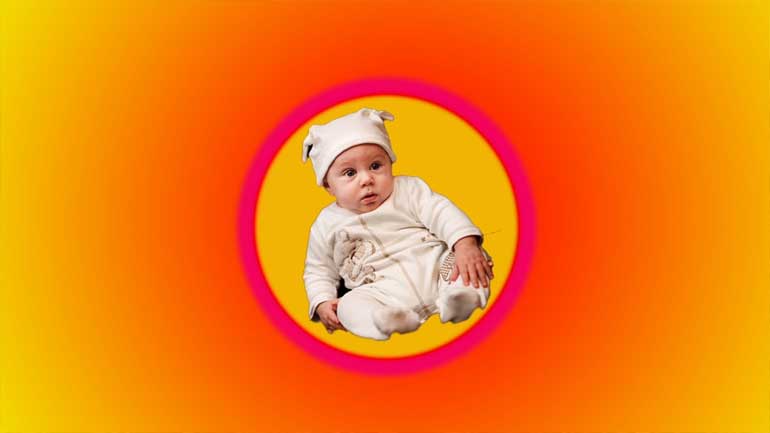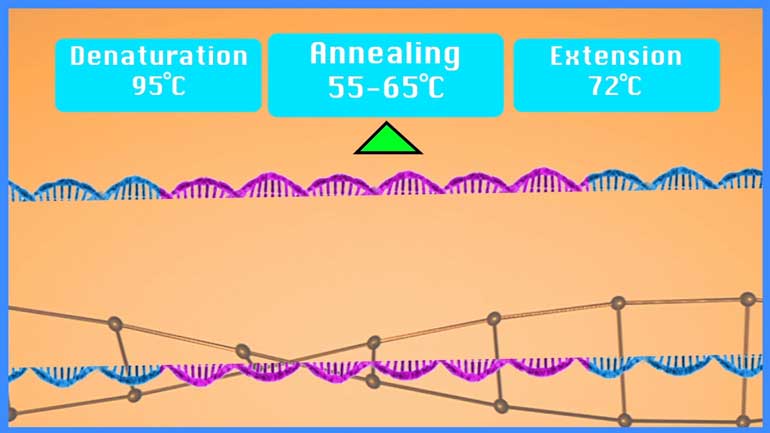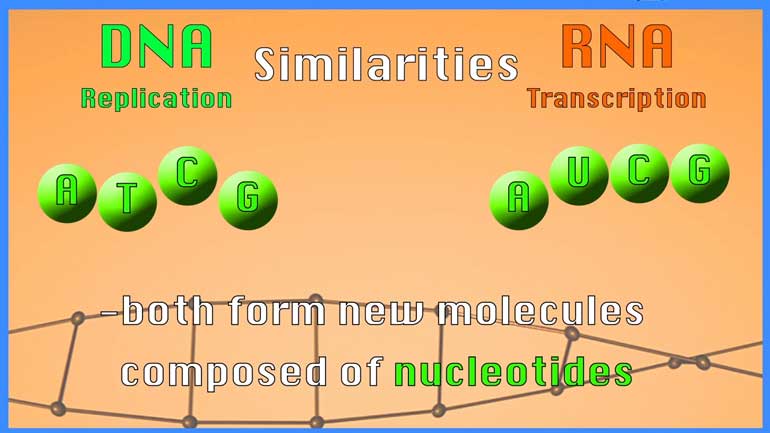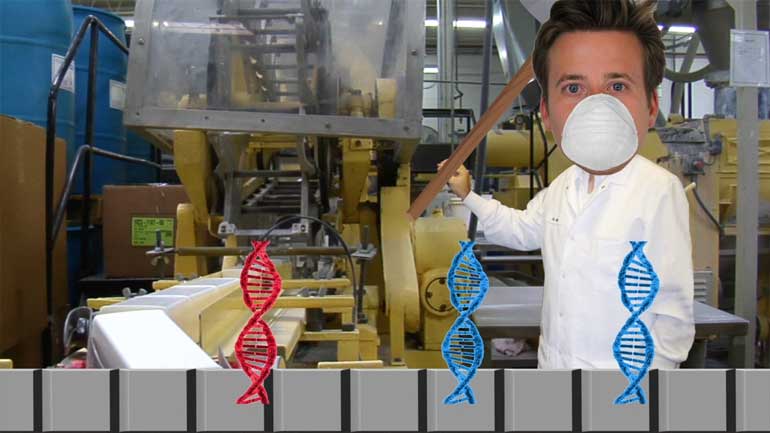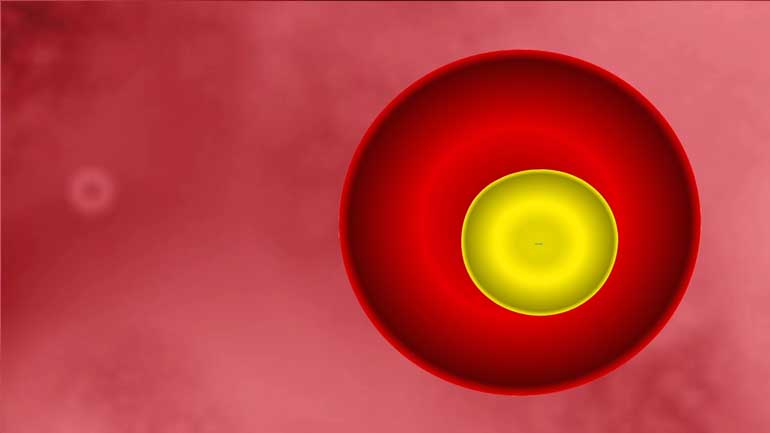ShmoopTube
Where Monty Python meets your 10th grade teacher.
Search Thousands of Shmoop Videos
Biology Videos 26 videos
In this video, we dive beneath the sea to review the kinds of interesting animals that live in the deep blue.
Anything that has a cell (bacteria, listen up!) has phospholipids that keep the cell contained and give it form and shape. Phospholipids protect us...
Molecular Genetics: DNA Replication 449 Views
Share It!
Description:
In this video from our course on molecular genetics, learn all about DNA replication.
Transcript
- 00:00
[ whoosh ]
- 00:01
We speak student!
- 00:03
[ whoosh ]
- 00:04
[ music ]
- 00:07
Molecular Genetics
Full Transcript
- 00:08
DNA Replication
- 00:10
A la Shmoop
- 00:13
So we have a lot of new people to biology here taking the course.
- 00:16
When you talk about them transcribing into this
- 00:20
or helping with that - walk us through the process.
- 00:23
Tell us the story of an RNA transcribing itself
- 00:27
- or DNA transcribing... - Sure.
- 00:28
How does that work?
- 00:29
Like, we've had two cells, they've been out at a bar on a Saturday night,
- 00:33
they met, they winked at each other. [cell with mustache and one with feminine hat meet]
- 00:35
And now they're gonna replicate.
- 00:36
How does that work?
- 00:37
[ ooh ]
- 00:41
How does DNA replication work?
- 00:44
Okay, so there's a couple different things there.
- 00:45
So, DNA replication is what would happen
- 00:47
when a cell wanted to divide into two cells. [cells duplicate]
- 00:50
So basically, every time a cell divides,
- 00:53
it needs to duplicate its DNA.
- 00:55
Why does a cell divide anyway?
- 00:57
[ laughs ] So, a bunch of reasons.
- 00:59
So one is just as we grow up, we need more cells to get bigger. [human grows bigger]
- 01:04
If you hurt yourself, so if you get a cut, [knife cuts human, bandaid gets put on]
- 01:06
then you need cells to fill in.
- 01:07
Sort of regeneration and wound repair and things like that.
- 01:09
So there's all sorts of reasons.
- 01:10
Our cells are constantly also dying inside us.
- 01:13
So if something goes wrong with your cell,
- 01:14
you wouldn't want it to turn into a cancer cell.
- 01:16
So a cell will die and another cell has to replace it. [healthy cell replaces damaged cell]
- 01:18
[ woo! ]
- 01:19
- Fair enough. - So let's say the cell needs to divide for whatever reason.
- 01:22
So the first thing that happens is, at sites called origins of replication,
- 01:26
that's basically where the replication will start.
- 01:28
An enzyme called DNA polymerase will bind.
- 01:31
So it's an enzyme that makes new DNA, basically. [packman munches down DNA]
- 01:35
So there's an unwinding step that happens.
- 01:38
Remember, DNA is double-stranded,
- 01:40
so you have to unwind it so that, basically, the DNA polymerase can sneak in there.
- 01:43
There's a helicase enzyme that unwinds it like a zipper. [DNA zips open and closed]
- 01:46
[ zipper sound ]
- 01:48
And then the DNA polymerase can come in.
- 01:50
There's first another enzyme, it's kind of complicated,
- 01:52
called a primase that has to come in and make a little RNA primer.
- 01:55
'Cause the DNA polymerase can't start by itself.
- 01:58
It's basically like a little snippet of RNA that binds
- 02:01
and helps the DNA polymerase hang on so it can get started.
- 02:05
So once that's on there, the DNA polymerase can hop on
- 02:08
and it starts adding nucleotides.
- 02:10
Basically following -- it's called semi-conservative replication.
- 02:12
Which means it's using one of the DNA strands as a template
- 02:15
to make the complementary strand,
- 02:17
because of the base pairing rule.
- 02:19
So if it sees an A on one strand, it's gonna add a T to make the next.
- 02:22
And what makes it semi-conservative?
- 02:24
Like it's not in the deep south; it's just kind of in Tennessee maybe. [redneck cell vs. Elvis cell]
- 02:27
[ Elvis impression: "uh-huh" ]
- 02:28
That's the name. They came up with it because,
- 02:30
basically you're using both strands to make a copy.
- 02:33
So it's not like you take two strands
- 02:34
that make a total two new ones.
- 02:36
For some reason they call that semi-conservative.
- 02:38
I don't know what the historical origins were.
- 02:40
Got it. And the logic of the zipper breaking.
- 02:42
I mean, that's a really clear image.
- 02:44
And inside the zipper, you've got... what?
- 02:46
What are the things dangling off it?
- 02:48
So you basically got -- like the teeth of the zipper
- 02:49
are basically the bases that are hanging off
- 02:52
that we've talked about before.
- 02:52
And the bases would be like A, T, C, or G.
- 02:55
So the polymerase would come and would see an A base,
- 02:58
and it would know, "oh, there's an A there,
- 02:59
I gotta match it up with a T on the other strand."
- 03:03
Got it. And this is like, you know, the Sharks and the Jets,
- 03:06
or the Capulets and the -- like, the A goes with T. Period? [sports and literary figures pop up]
- 03:11
Yes. Yup.
- 03:11
And what if an A went with a C or a G?
- 03:14
It would just reject it?
- 03:15
So, yeah, because of the shape of the bases,
- 03:17
they won't really match up well.
- 03:18
Sometimes you can get a mutation where you accidentally
- 03:21
incorporate the wrong base. So DNA polymerase can make a mistake.
- 03:23
So that can result in a mutation.
- 03:25
But, typically, it's pretty good and it puts in the right base.
- 03:27
Got it, okay. So that's like, if you've seen the movie X-Men.
- 03:29
That's probably what happened.
- 03:31
[ whoop ]
- 03:32
How does DNA replication work?
- 03:37
[ Elvis impression: "thank you very much" ]
Related Videos
In this video, we dive beneath the sea to review the kinds of interesting animals that live in the deep blue.
Anything that has a cell (bacteria, listen up!) has phospholipids that keep the cell contained and give it form and shape. Phospholipids protect us...
GMOs. Now that’s a scary word. Or is it? Guess it’s time to ask ourselves: WWMST? ...For those of us who don’t constantly ask ourselves “wh...
